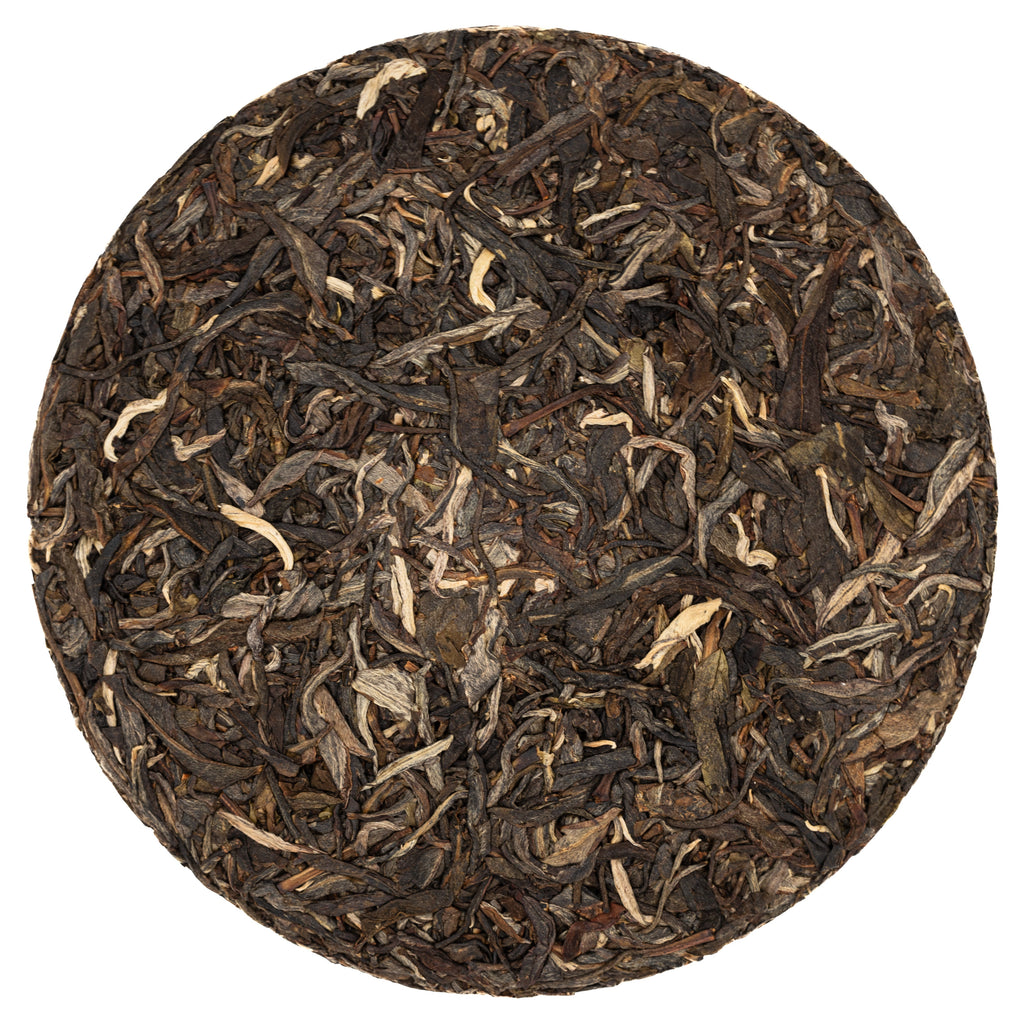Sheng Puer

Sheng Puer (生普洱)
Sheng Puer Cha is a category of tea that originates from Yunnan province.
Name
- 生 (pronounced Sheng in Mandarin): means "raw" or "uncooked," a reference to the tea's less-processed nature compared to its fermented counterpart, Shu Puer.
- 普洱 (pronounced Pu Er in Mandarin): refers to the historic town, now known as Ninger, which was a hub for the trade and distribution of Yunnan tea.
Characteristics
At its very freshest, Sheng Puer features a bright and grassy florality, often with pronounced bitterness or even astringency. Over years or even decades of aging, these notes deepen into rich, earthy flavors with greater complexity and less bite.
The leaves, which generally come from the robust Da Ye varietal, are going to be larger and oftentimes older than leaves usually grown in other regions.
Aging
Common wisdom suggests that one should age Sheng for at least 5 years after the date of production to allow rough leaves time to mellow. While many people adhere to that, I've met a growing number of people who sing the praise of Mao Cha, or fresh/uncompressed Sheng Puer, with its crisp and herbal profile. Experimenting with both can be a great way to discover your preference, though financial factors, including the skyrocketing prices of aged sheng, often make it cost prohibitive to enjoy anything that has been stored for significant periods of time.
Regions
While it is true that Sheng Puer comes from Yunnan, to really understand it I would recommend organizing tastings according to factories first, and then regions and localities. By first exploring factory blends, you can understand the foundational profiles of puer. Then, by moving into single-origin teas from specific mountains or micro-regions, you can appreciate how terroir and local processing techniques influence flavor.
Factories source leaves from the larger region and then blend them together. They are iconic — with established reputations for their skillful blends that vary little year-by-year. These factories serve as the benchmark for understanding the category at its most foundational level. Famous factories include
- Da Yi (Menghai)
- Xiaguan (Dali)
- Zhong Cha (Kunming)
You can also bypass the factories and drink tea directly from smaller localities, which offer unblended, single-region teas. Exploring this side unlocks various shades of flavor and nuance, where the natural environment, altitude, and processing of each locale create teas with distinct personalities that can vary even between neighboring mountains. While there are innumerable potentials for how "micro" and "local" you want to go, you can begin your searches with
- Banzhang
- Bulang
- Jingmai
- Lincang
- Nannuo
- Yiwu
